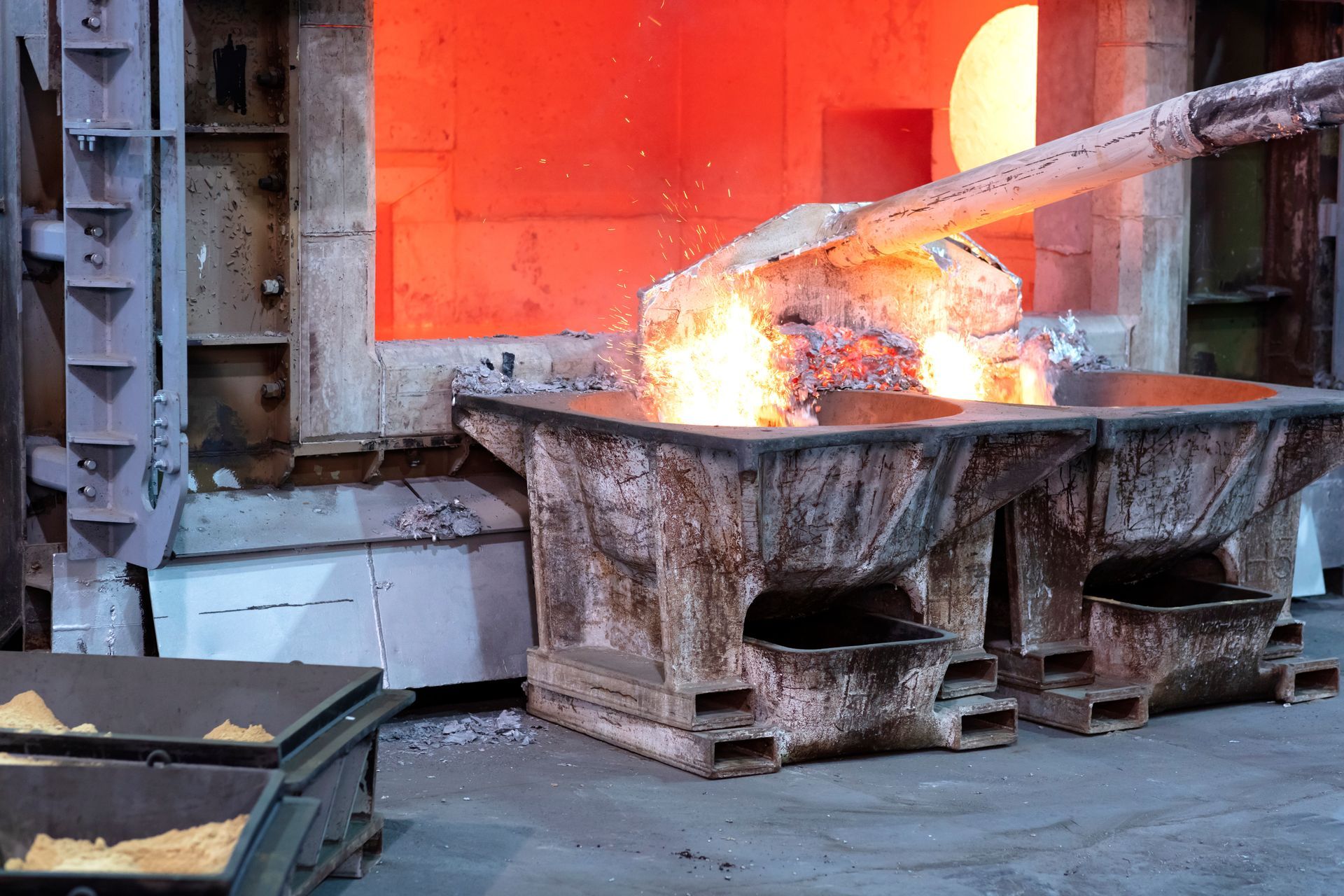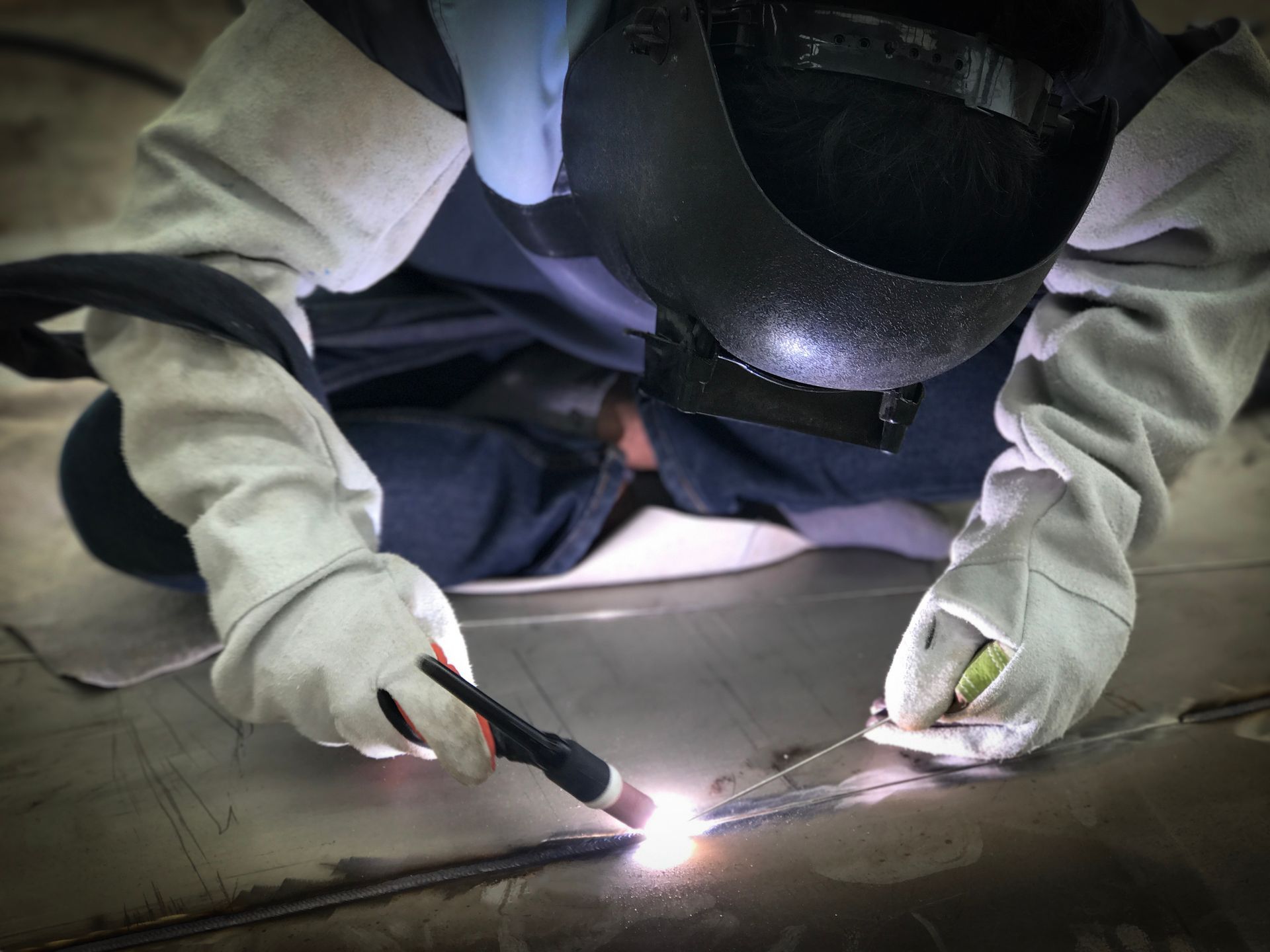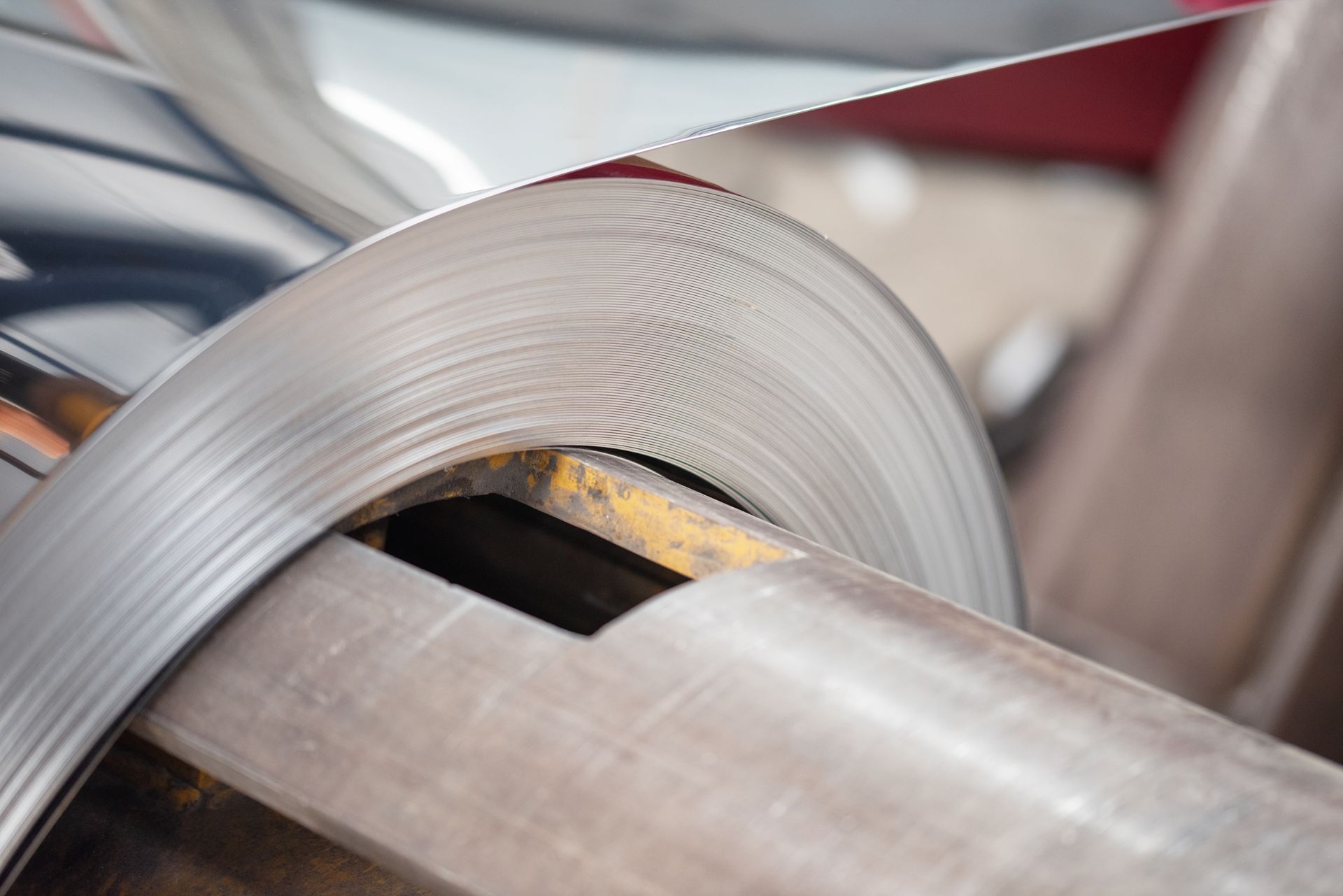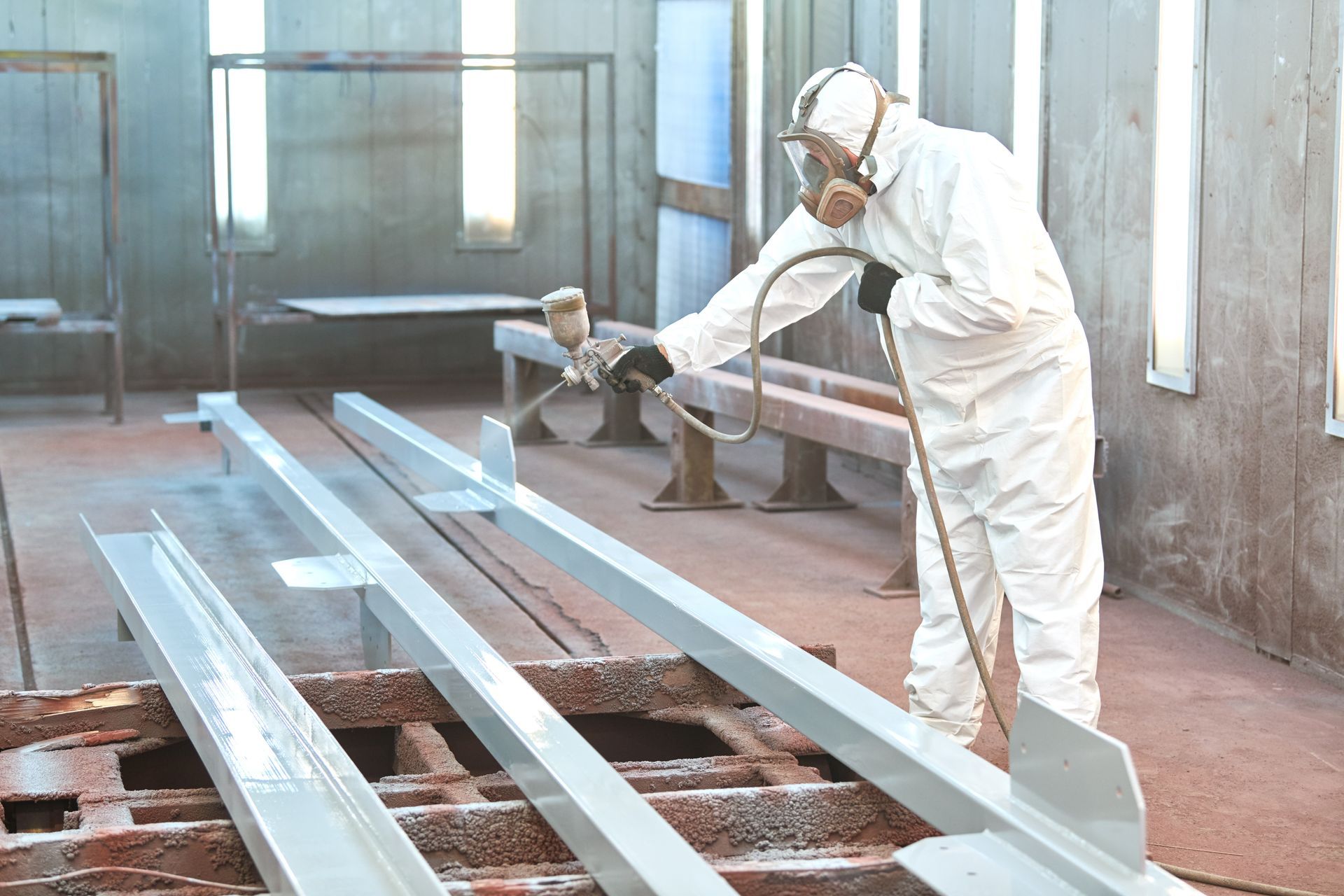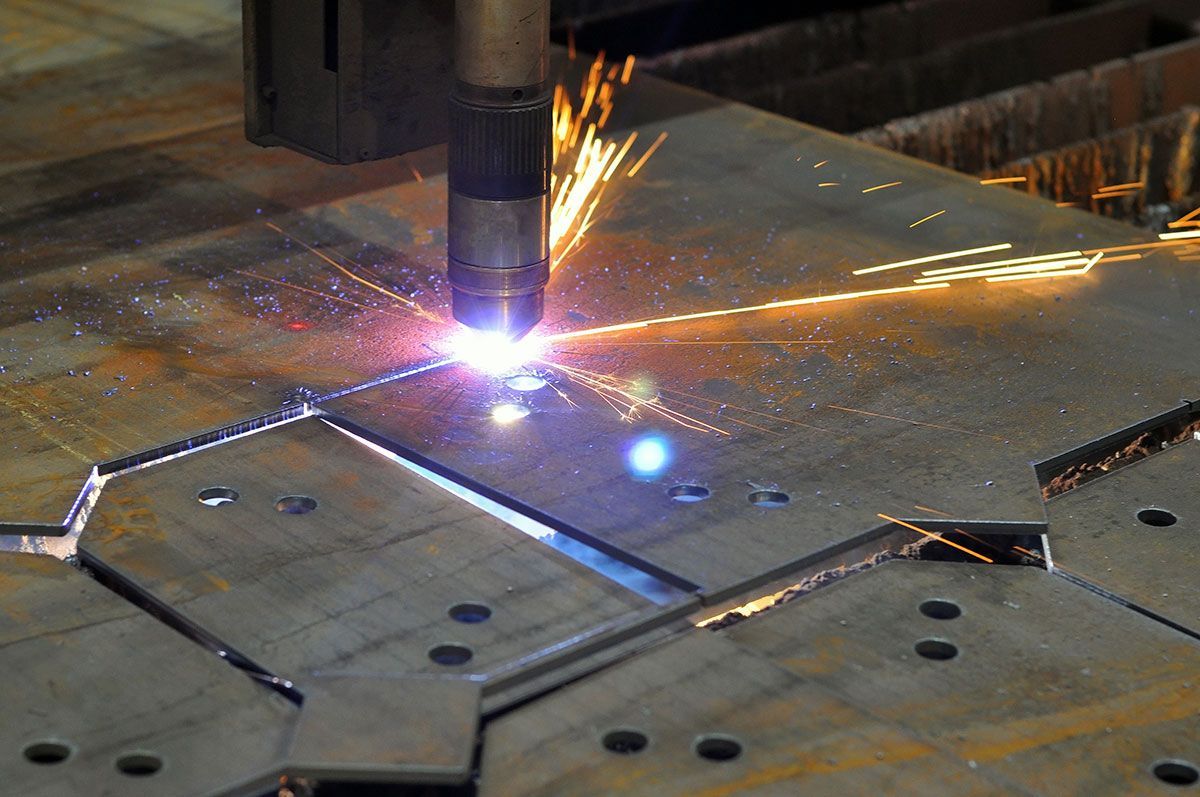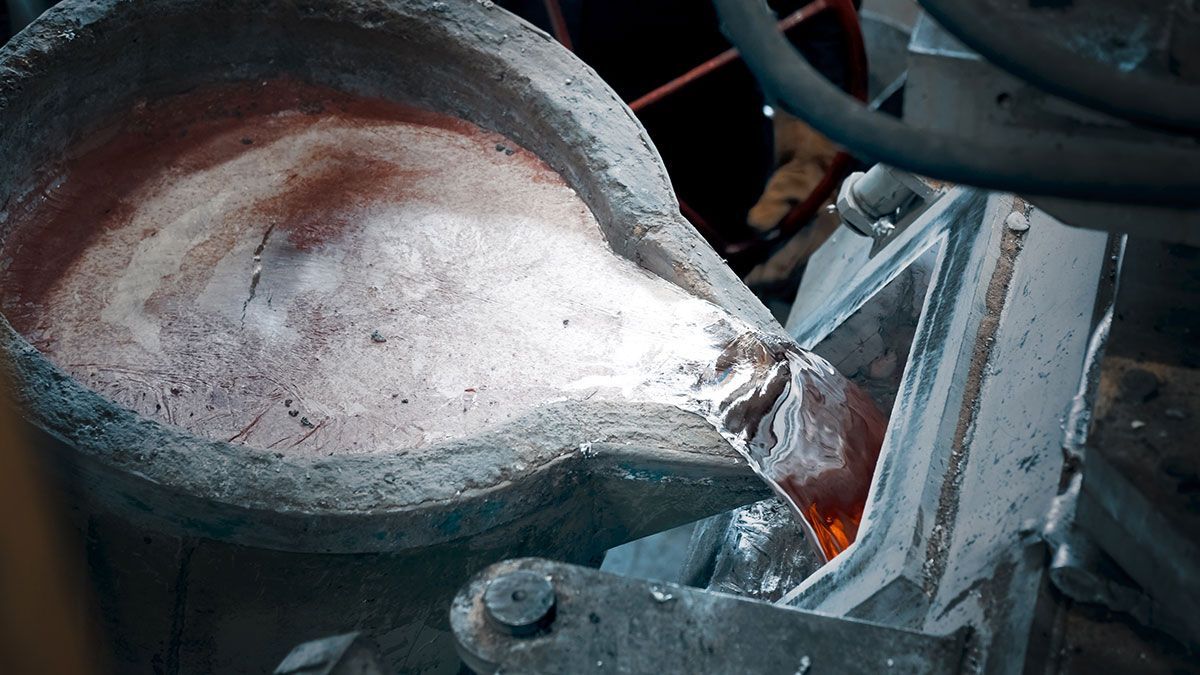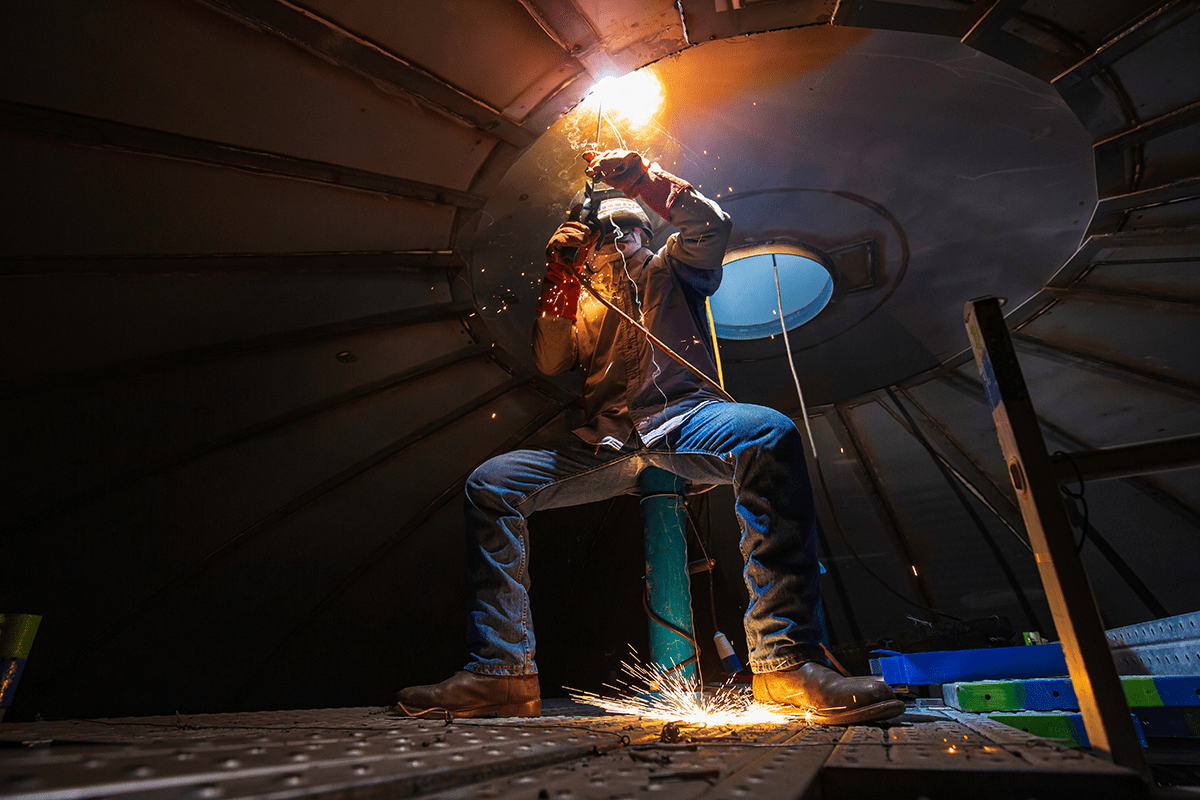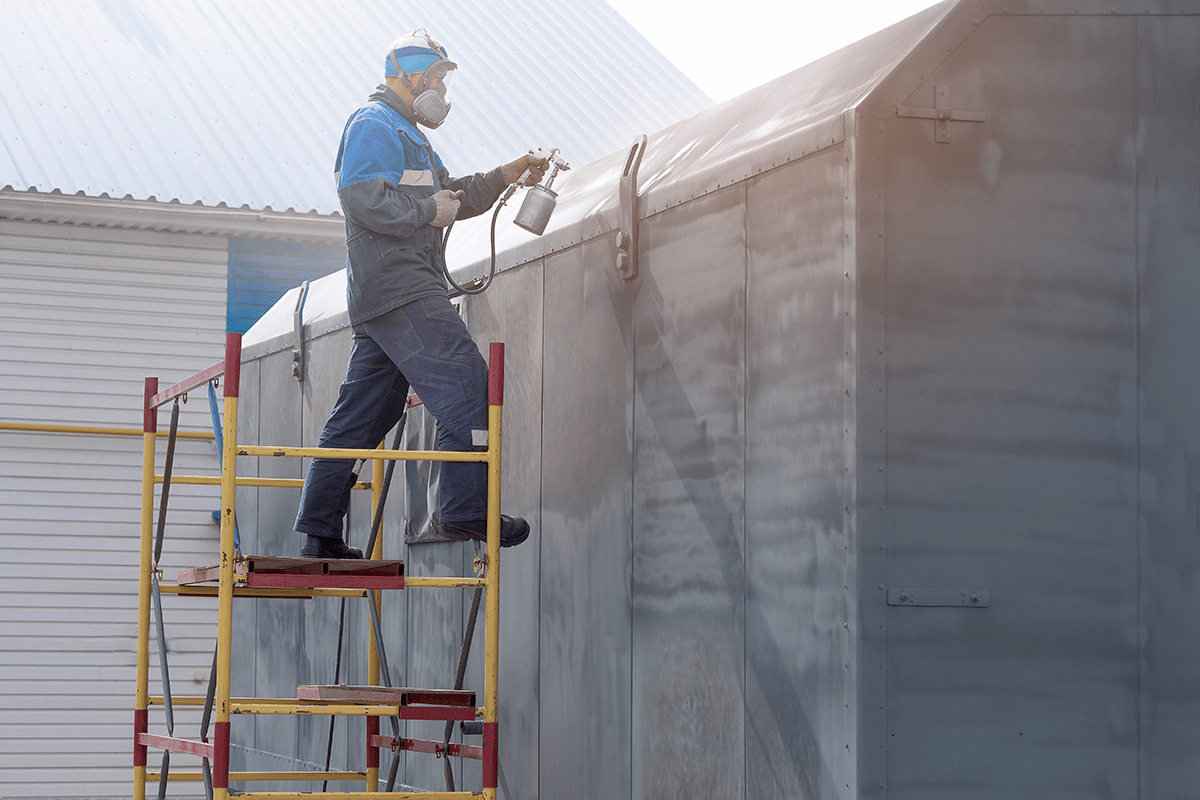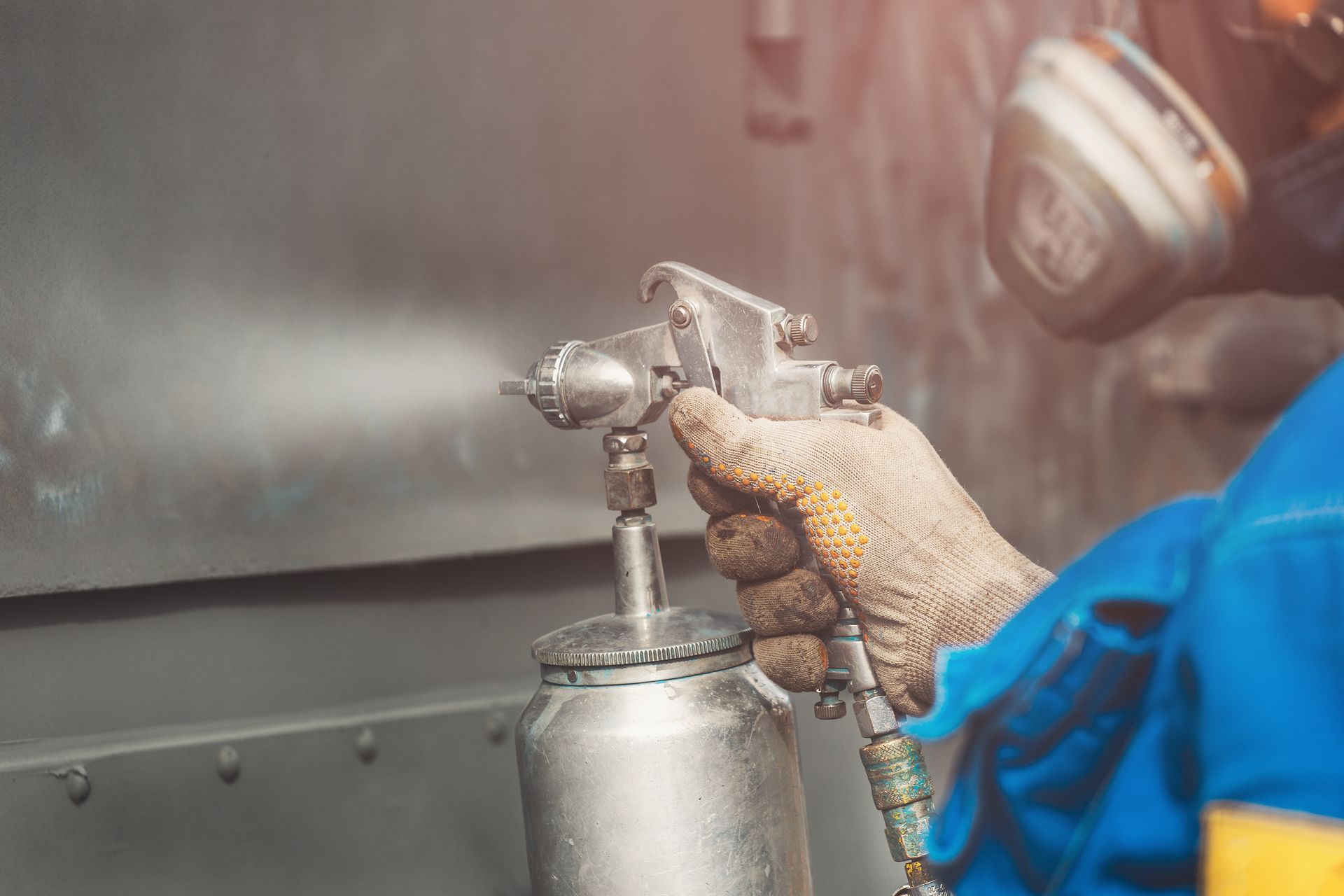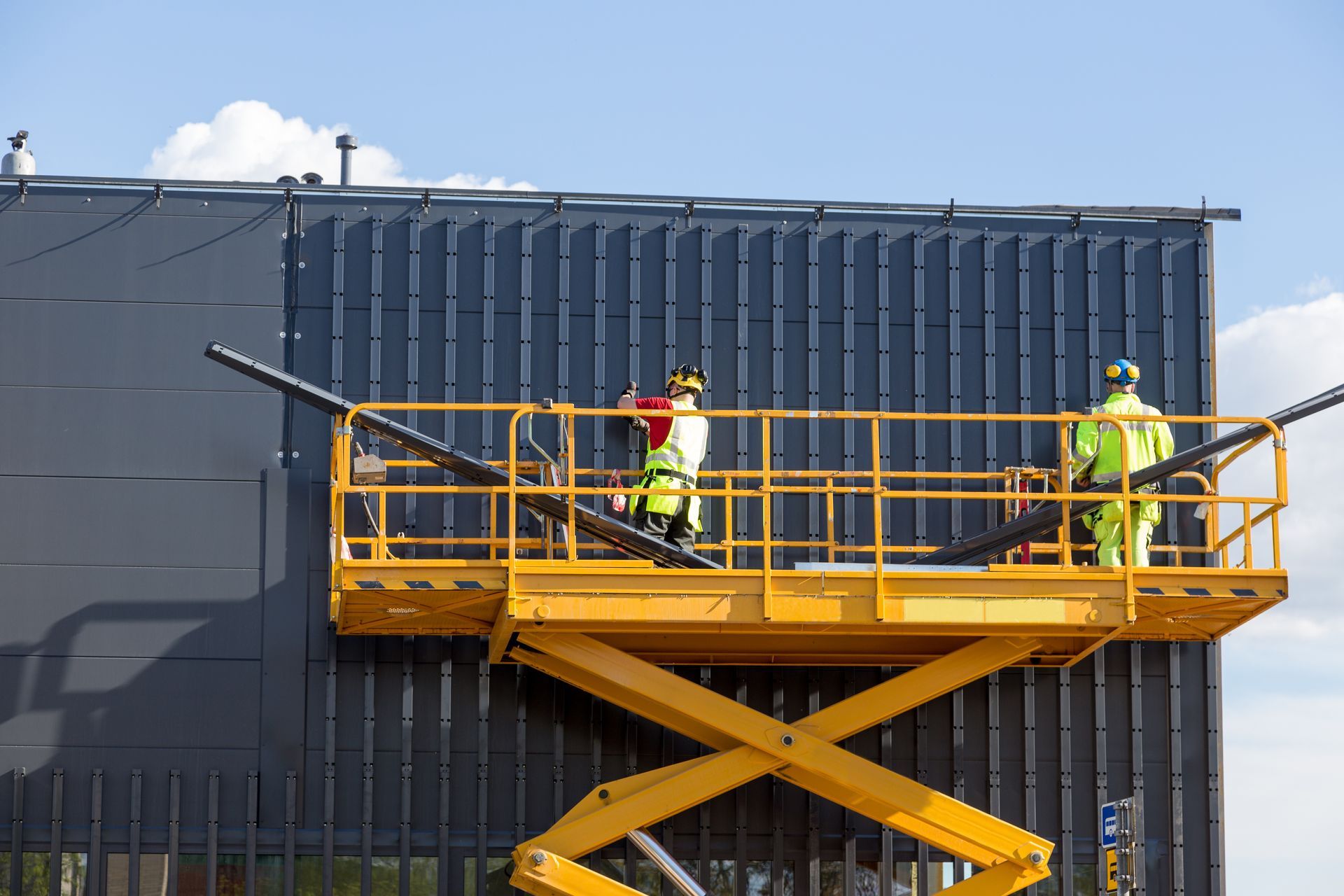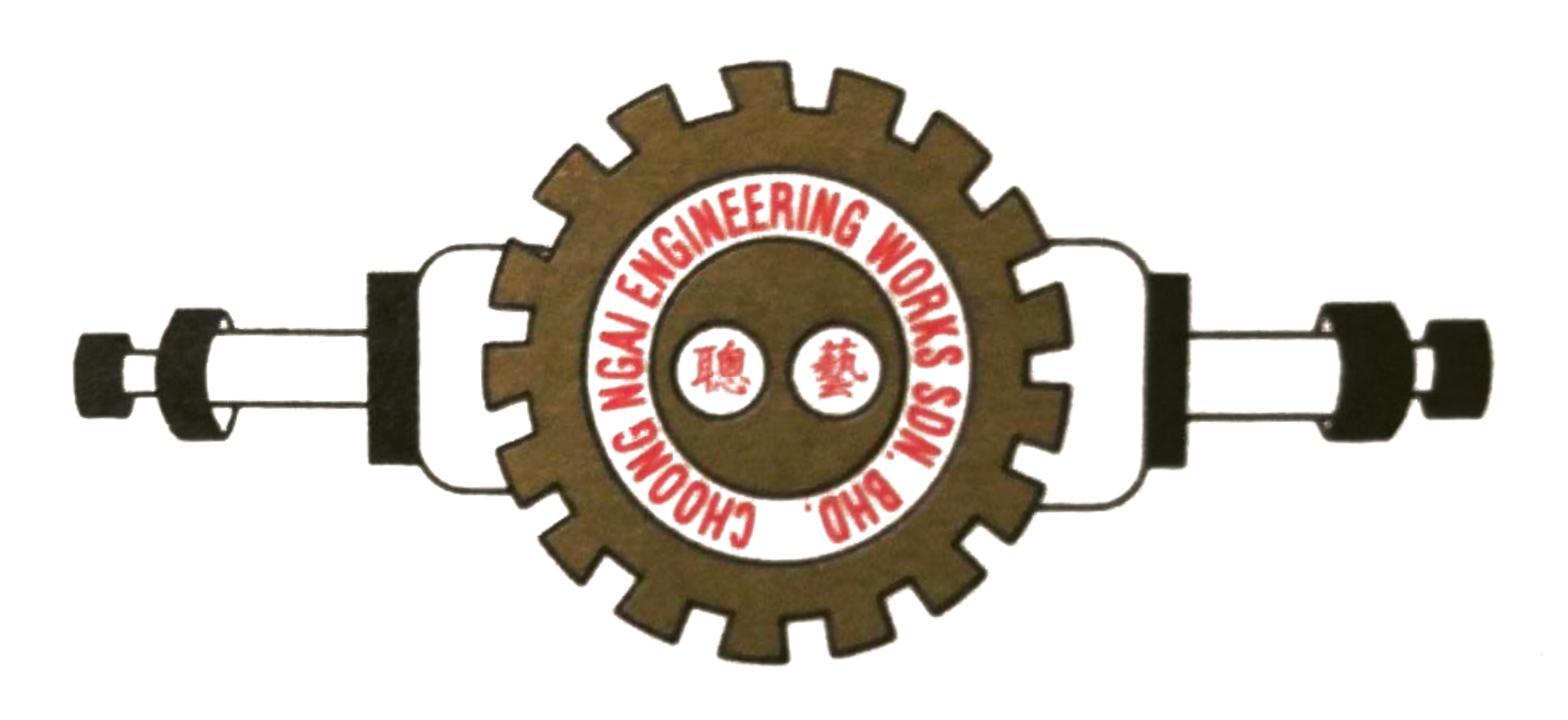Fabrication Knowledge: How To Choose The Right Impeller?
The main function of an impeller is to increase or decrease the flow of liquid, vapor or gas in the mixer at your production facility. This is the reason impellers are available in the market with different mechanisms designed for different industries as well.
They also come in different sizes and shapes; thus it is significant for you to be aware about which one is the right impeller for you based on its application.
With the wide array of impellers available in the marketplace, it can be difficult to know where to begin. Use these tips below to help identify an impeller for your mixing application.
What you need to consider when choosing a pitch blade turbine impeller?
Learning how to choose a mixing impeller requires considering a number of different factors that are pertinent to your industry and application. This includes:
i) The viscosity of the mixing ingredients
The primary factor to be taken into consideration when selecting the impeller type is viscosity. Viscosity affects several aspects of impeller design and selection. Highly viscous liquids also require a longer length of time to mix completely, so this detail should also be taken into consideration when selecting an impeller.
When mixing highly viscous materials, baffles are not necessarily considered to be preferable because they can impede top-to-bottom flow in these cases. In many cases, a hydrofoil impeller blade is well-suited for lower viscosity, while an axial flow or turbine pitched blade is better for mixing highly viscous substances. Furthermore, the density of a substance is an important characteristic related to viscosity.
ii) The design and placement of the mixing tank
The size and dimensions of the mixing tank must be determined. The aspect ratio of the vessel is an important figure, and ideal mixing occurs when it’s as close to unity as possible. Improper impeller placement can result in disuniformity throughout the contents of the vessel and staged flow patterns.
iii) The material that the impeller is made from
A common and suitable material for impellers in many different applications is stainless steel. Stainless steel is exceptionally resistant to corrosion and contamination, which further extends the lifespan of an impeller. Cleanliness is a necessity, especially in sanitary applications. Stainless steel is easy to clean and maintain.
Impellers can be manufactured in various grades of stainless steel. Other common choices include carbon steel, titanium, and nickel alloys. They can also be finished with different coatings to cater to the needs of an application, and reinforced to extend their lifespan.
What are the different types of impellers?
Impellers come in all different shapes and sizes. They have different optimal speeds of operation, pumping capacity, and shear just to name a few attributes among many. It is important to get the right impeller for your application, so that you achieve the best results and the greatest efficiency possible.
a) Axial Flow Impellers
Impellers in this class create an axial flow pattern. This is called an axial flow pattern because the liquids flows parallel to the axis around which the impeller rotates. Axial flow impellers typically pump the liquid in the tank downward using angled blades. This downward push on the liquids allows content in the top and the bottom of the tank to mix.
These impellers are most commonly used for heat transfer, solids incorporation, solids suspension, and blending among other applications. Within the axial flow impeller class, propellers and pitched blade turbines are the most common for low to medium viscosity applications.
b) Radial Flow Impellers
Radial flow impellers pump the liquid out toward the side of the tank along the radius of the impeller. As opposed to axial impellers, radial impellers don't have angled blades as this would force the liquid downward.
Instead of creating the two mixing loops of an axial flow pattern, radial impellers create four loops that divide the tank into quadrants.
Radial flow patterns are most useful for gas-liquid and liquid-liquid dispersion, but they can be used for other processes. Radial impellers can leave solid particles on the bottom of the tank if their is not enough power to create adequate off-bottom suspension.
c) Hydrofoil Impellers
Many of the recent advances in impeller technology have come in this category. Hydrofoils are designed to pair an axial flow pattern with low shear.
Hydrofoils are also distinguished by the twisting blade that has a similar look to a pitched-blade turbine. The twisting blade creates more consistency in how quickly fluids are moving when they are pushed by the blades.
Because the blades push fluids at a constant velocity across the blade, hydrofoils maximize pumping capacity while reducing the impeller's power number. Thus, hydrofoil impellers are a great option if you are restricted by the amount of power you can get to your mixer.
d) High Shear Impellers
Maybe you didn't know it at the time, but chances are that you've used a high-shear blade before. Think of a table saw blade or a circular saw blade when you think of a high shear impeller; that really is what they look like albeit with a few modifications to make them more efficient for solid-liquid dispersion and other other applications.
This impeller is one common design for disperser blades. It is designed to maximize shear, which is useful for breaking up solids that have agglomerated in your mixture.
Looking for the right impeller? Try Choong Ngai Engineering
With Choong Ngai Engineering's veteran technicians and engineers, we can provide a start-to-end manufacturing and troubleshooting process of fabricating the right pitch blade turbine impeller for your business.
Most importantly, we'll work alongside you and your team to understand and define your exact requirements, and this process ensures that we provide the best solution to your unique maintenance requirements.
Learn more about
our services and previous projects on our website at
https://www.choongngaiengineering.com/ or contact us at
choonngaiengworks@gmail.com
